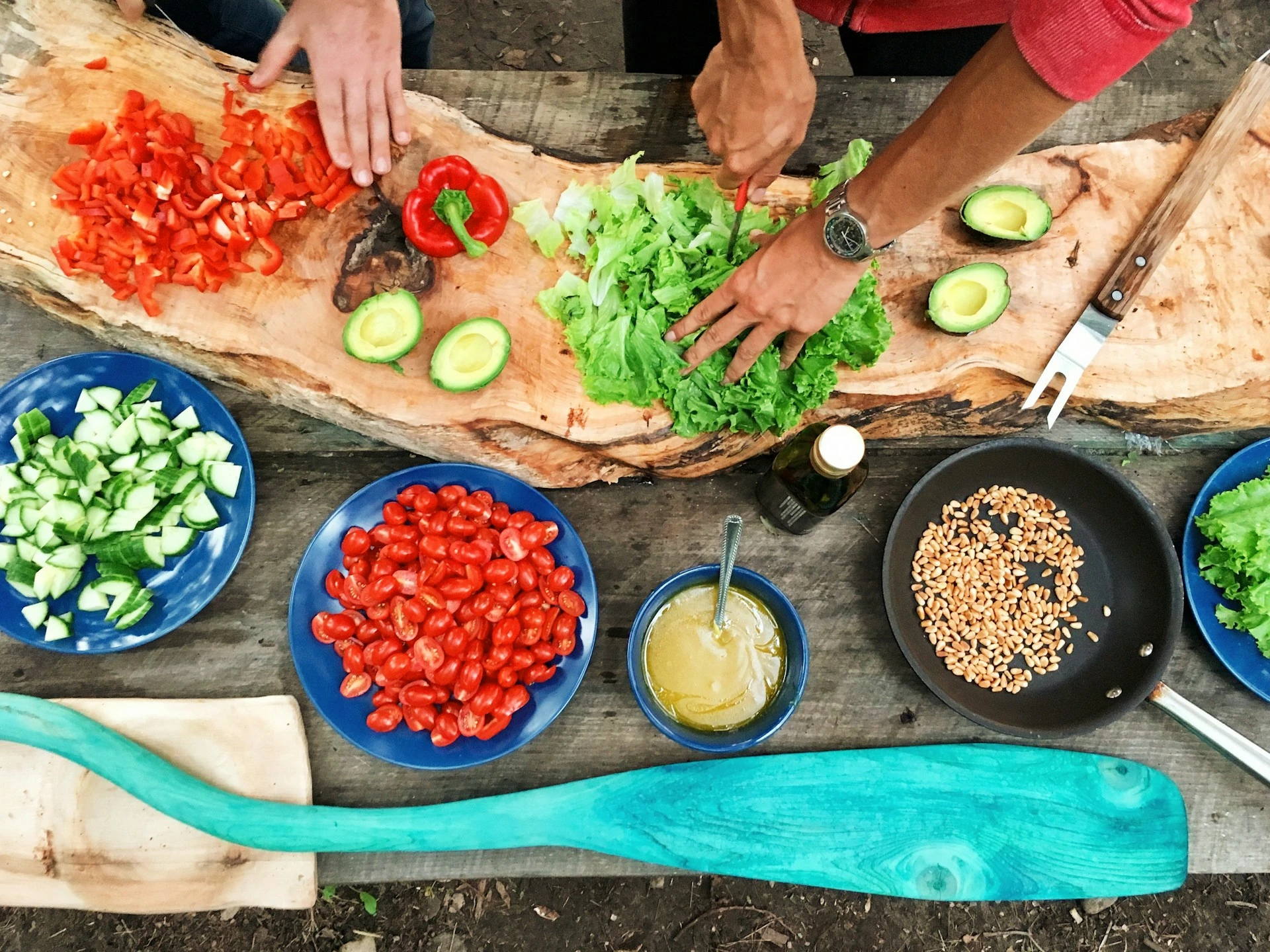Table of Contents
Traditional recipes hold deep cultural, emotional, and familial value. Whether it’s your grandmother’s pasta, your favorite childhood stew, or a regional specialty passed down for generations, these dishes often bring comfort and connection. However, for individuals with diabetes or pre-diabetes, many traditional meals can be high in refined carbohydrates, unhealthy fats, and added sugars—all of which can disrupt blood sugar control.
The good news is, you don’t have to give up your favorite dishes. With a few smart substitutions and cooking techniques, you can adapt traditional recipes to make them more diabetes-friendly while keeping their delicious flavor and cultural essence intact.
This article will walk you through practical strategies to transform classic meals into balanced, nourishing options that support your health.
Why Modify Traditional Recipes?
Traditional recipes are often rich, hearty, and designed for times when people were more physically active and had different nutritional needs. Today, with more sedentary lifestyles and increased rates of chronic diseases, adapting recipes can help:
- Stabilize blood sugar
- Reduce saturated fats and added sugars
- Support healthy weight management
- Improve heart health
- Maintain cultural food traditions in a health-conscious way
The goal is not to eliminate what you love, but to reimagine your favorites in a way that works for your body today.
General Guidelines for Healthier Cooking
Before diving into specific substitutions, it helps to understand the basic principles of healthy recipe adaptation:
- Balance macronutrients: Include complex carbs, lean proteins, and healthy fats.
- Increase fiber: Helps slow glucose absorption and supports digestion.
- Limit added sugars and sodium: Excess can worsen insulin resistance and heart disease risk.
- Reduce saturated fats: Swap for unsaturated fats from plants and fish.
- Use fresh ingredients: Whole, minimally processed foods are always better choices.
Now, let’s look at how to apply these principles to your favorite dishes.
Healthy Ingredient Swaps for Common Recipe Components
1. Refined Grains → Whole Grains
- Use brown rice, quinoa, farro, or bulgur instead of white rice.
- Replace white flour with whole wheat flour, almond flour, or oat flour.
- Try whole grain or legume-based pasta instead of regular pasta.
2. Butter or Lard → Heart-Healthy Oils
- Substitute olive oil, avocado oil, or canola oil for sautéing or baking.
- Use mashed avocado or unsweetened applesauce in baked goods in place of butter.
3. Heavy Cream → Lighter Dairy or Plant-Based Options
- Use plain Greek yogurt, unsweetened almond milk, or coconut milk for creaminess.
- For richness in sauces, try blended cauliflower or pureed beans.
4. Sugar → Natural Sweeteners (in moderation)
- Replace sugar with stevia, monk fruit, or small amounts of honey or dates.
- Reduce the amount of sugar in recipes gradually to retrain your palate.
5. Salt → Herbs and Spices
- Enhance flavor with garlic, onion, lemon juice, cumin, turmeric, or fresh herbs.
- Add acidity (like vinegar or citrus) to elevate flavor without added salt.
6. Fatty Meats → Lean Proteins
- Use chicken breast, turkey, tofu, or legumes instead of pork or fatty cuts of beef.
- Trim visible fat and remove poultry skin before cooking.
7. Frying → Baking, Grilling, or Air Frying
- Reduce oil use and calorie content by roasting, steaming, or using an air fryer.
- Coat proteins or veggies in whole grain crumbs and bake instead of deep-frying.
Examples of Healthy Recipe Adaptations
Traditional: Creamy Macaroni and Cheese
Swap: Use whole grain pasta, low-fat cheese, and a sauce base made from pureed cauliflower and Greek yogurt.
Traditional: Fried Chicken
Swap: Bread skinless chicken in whole wheat crumbs, mist with oil, and bake or air fry for crispiness.
Traditional: White Rice and Beans
Swap: Choose brown rice or quinoa for added fiber, and cook beans from scratch to control sodium.
Traditional: Sweet Desserts
Swap: Use mashed bananas or unsweetened applesauce for moisture, almond flour for texture, and stevia or cinnamon for sweetness.
Tips for Successful Recipe Modification
1. Make One Change at a Time
This helps you track how each substitution affects taste and texture without overwhelming the recipe.
2. Test New Versions in Small Batches
Try half the recipe size for first attempts. If it works, scale up later.
3. Stay Open to New Flavors
Healthy recipes may taste slightly different—but not worse. Your taste buds will adjust over time.
4. Use Cooking as a Creative Outlet
Experimenting with healthy swaps can be fun and rewarding, especially when you discover new family favorites.
5. Involve Family or Friends
Bring loved ones into the process to increase acceptance and appreciation of the updated dishes.
Cultural Sensitivity in Recipe Adaptation
Food is deeply tied to identity and heritage. If you’re adapting recipes from your cultural background, try to:
- Preserve key spices, cooking techniques, and presentation
- Seek out traditional ingredients that are naturally healthy (like lentils, herbs, fermented foods)
- Honor the memory and meaning of a dish while giving it a modern, nourishing twist
Healthy eating doesn’t mean letting go of culture—it means keeping it alive in a way that supports your well-being.
Scientific References
- American Diabetes Association. (2023). Diabetes Food Hub – Healthy Recipe Makeovers. https://www.diabetesfoodhub.org
- Ludwig, D. S., & Willett, W. C. (2020). Vicious cycle of fast food: ultra-processed foods and the obesity epidemic. New England Journal of Medicine, 382, 485–487.
- Harvard T.H. Chan School of Public Health. (2023). The Nutrition Source – Healthy Cooking Tips. https://www.hsph.harvard.edu/nutritionsource

Leave a Reply